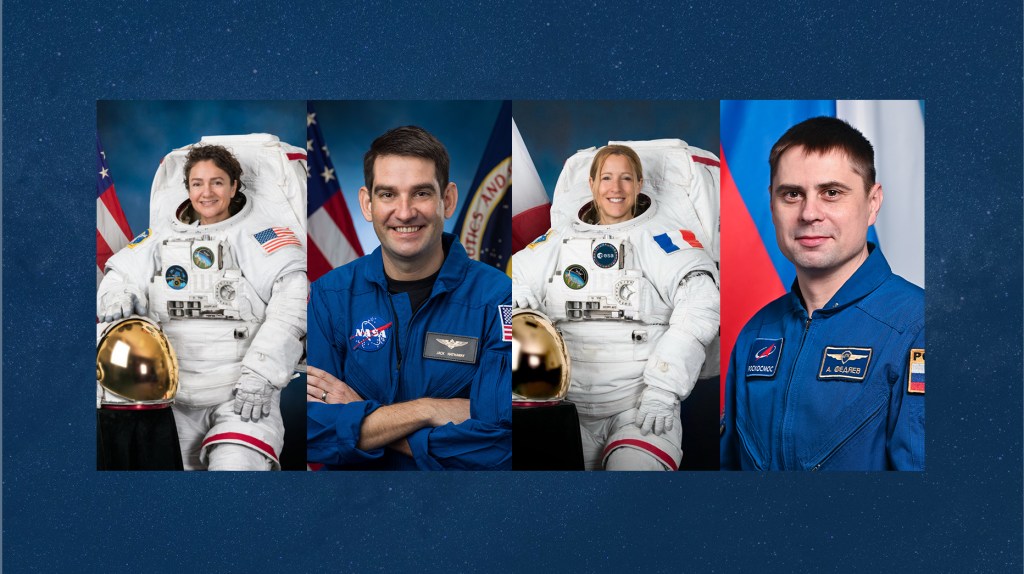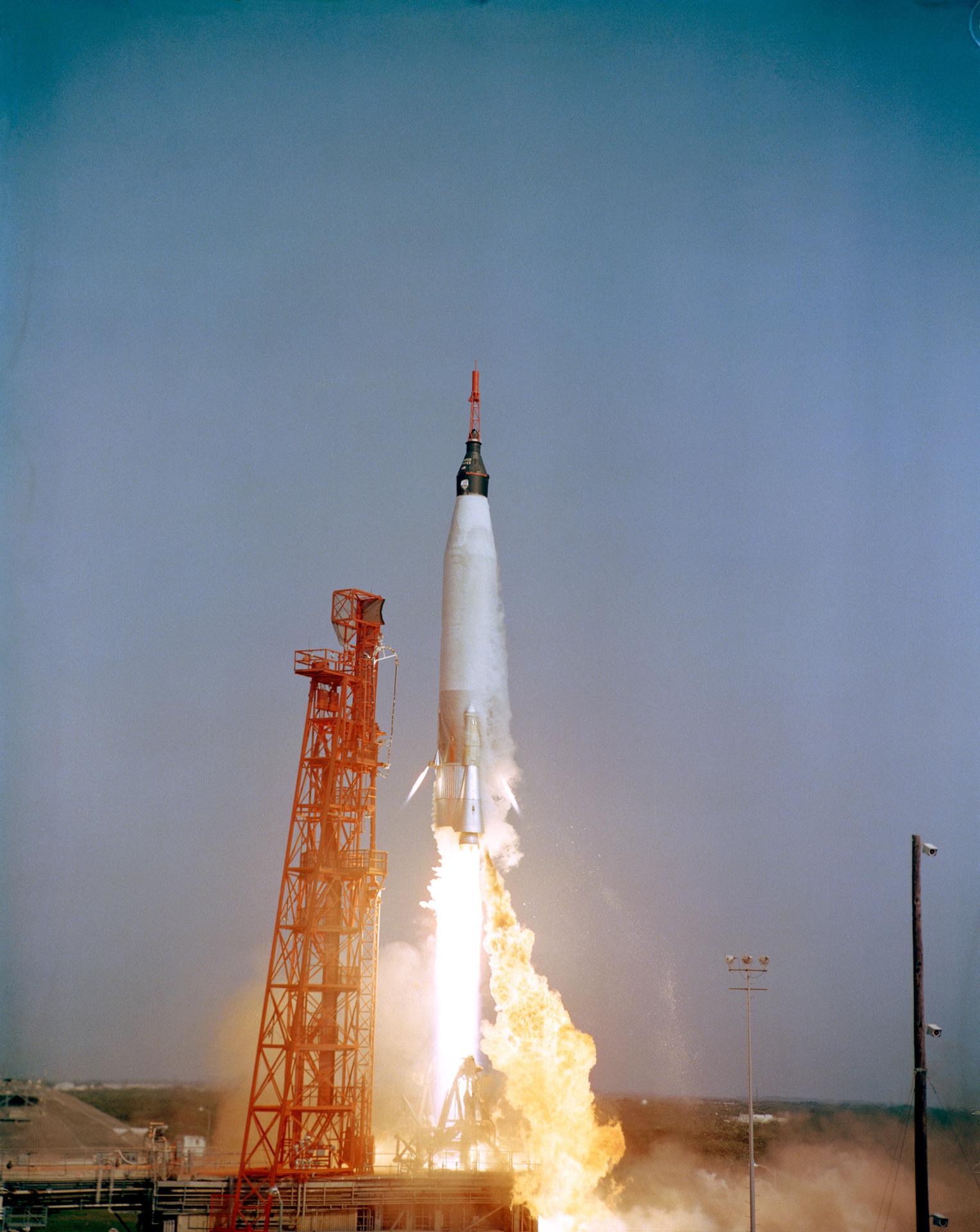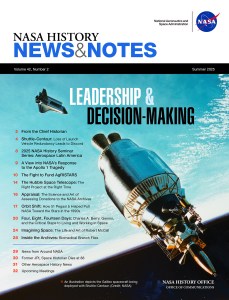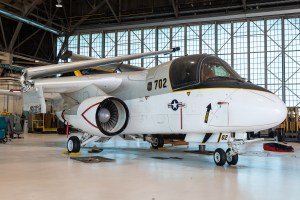Project Mercury was America’s first human space flight program. The Space Task Group at Langley Research Center in Virginia initiated the project in 1958 with three goals: orbiting a human spacecraft, investigating an astronaut’s ability to function in space, and safely recovering both spacecraft and crew.
After some early launch failures, the first successful test of the single-seat spacecraft without an astronaut on board took place in December 1960, launched into a suborbital flight atop a Redstone rocket. A similar flight a month later carried Ham, a chimpanzee. Two crewed 16-minute suborbital flights flew in May and August 1961, with Alan B. Shepard and Virgil I. Grissom aboard, respectively. The first successful uncrewed Mercury orbital flight using the more powerful Atlas rocket launched in September 1961, followed by the orbital flight of Enos, another chimpanzee, in November.
John H. Glenn flew the first human orbital flight in February 1962, followed by M. Scott Carpenter in May and Walter M. Schirra in October. Glenn and Carpenter each orbited the Earth three times, Schirra six.
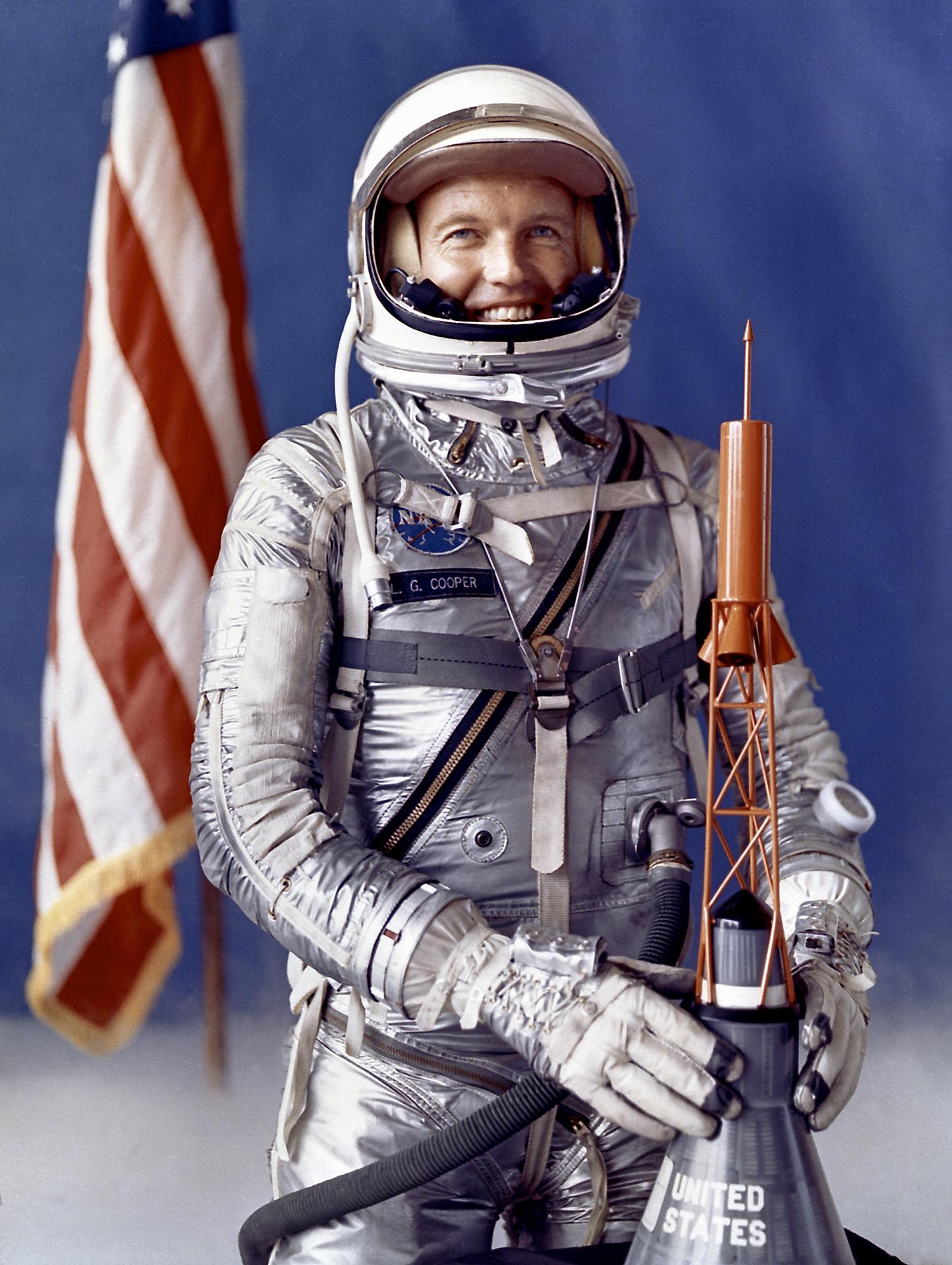
The final flight of Project Mercury launched May 15, 1963, from Pad 14 at Cape Canaveral Air Force Station in Florida. L. Gordon Cooper, the pilot of Mercury 9, named his capsule Faith 7. The number 7 recognized his status as one of the Original 7 astronauts. During a flight that was longer than all previous Mercury missions combined, Cooper conducted 11 experiments that included monitoring radiation levels, deploying a strobe beacon to see how well Cooper could track it, observing zodiacal lights, and taking photographs of the Earth. During his 17th orbit, Cooper transmitted slow-scan black and white television images back to the Mercury Control Center (MCC) at Cape Canaveral, the first TV transmission from an American crewed spacecraft. Although plans called for Cooper to sleep as much as eight hours, he slept only intermittently during portions of the flight.
Faith 7 performed well until the 19th orbit, when a faulty sensor erroneously indicated that the spacecraft was starting reentry. Two orbits later, a short circuit knocked out the automatic stabilization and control system. When the carbon dioxide level began to rise in the cabin and in his spacesuit, Cooper reported to MCC in his usual understated manner, “Things are beginning to stack up a little.” Despite these malfunctions, he managed to make a perfect manual reentry concluding a highly successful mission. Faith 7 splashed down about 80 miles southeast of Midway Island in the Pacific Ocean, just four miles from the recovery ship USS Kearsarge. Cooper orbited the Earth 22 times and logged 34 hours and 20 minutes in space, the longest US space flight at that time. Project Mercury gave NASA the confidence to move on to Project Gemini during which the critical techniques required to achieve a lunar landing before the end of the decade were mastered by two-person crews.
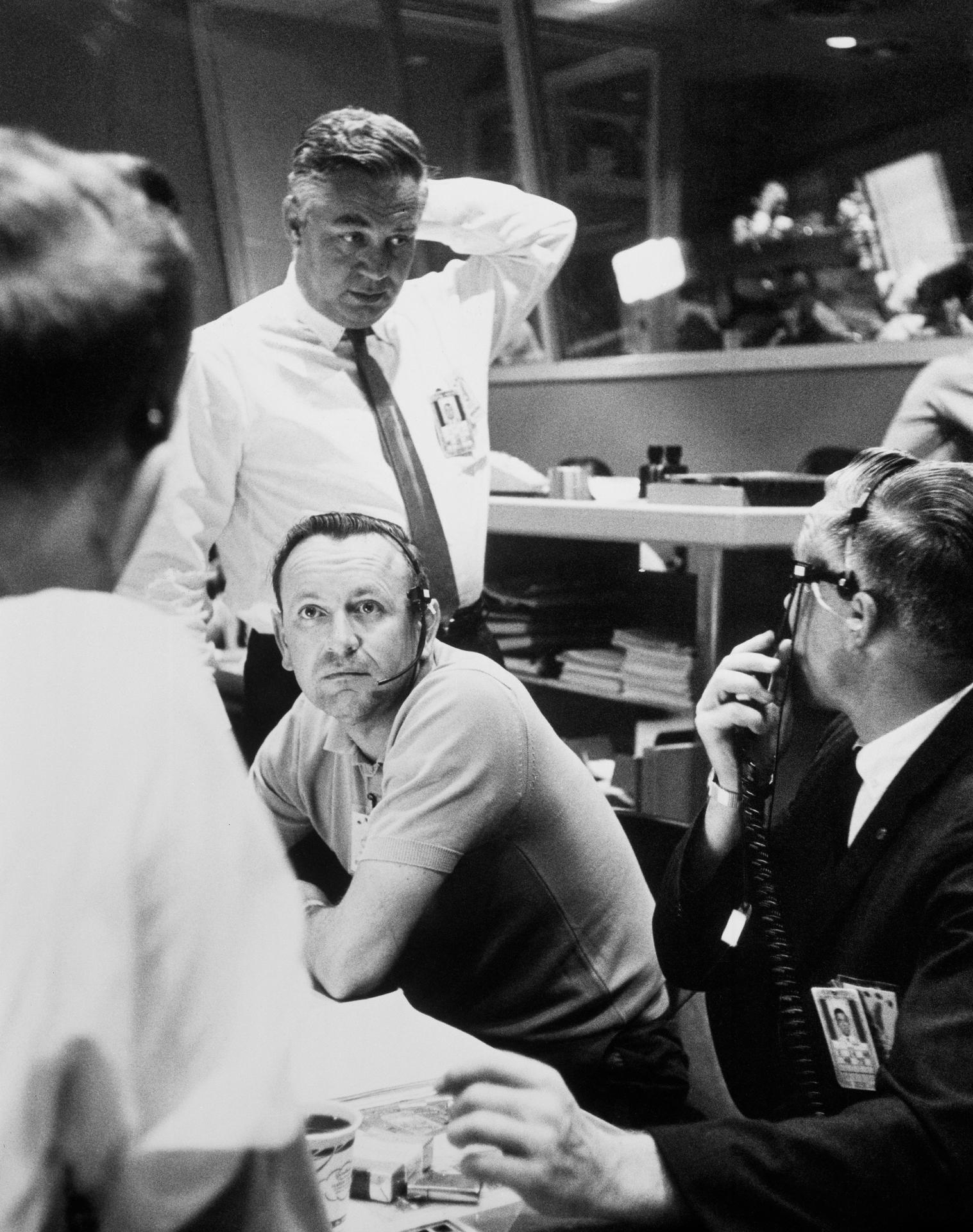

Enjoy Gordon Cooper’s oral history with the JSC History Office.
The Mercury 9 capsule is currently on display at Space Center Houston. A recreation of the MCC is on display inside the Kurt Debus Center at the Kennedy Space Center Visitor Complex.







